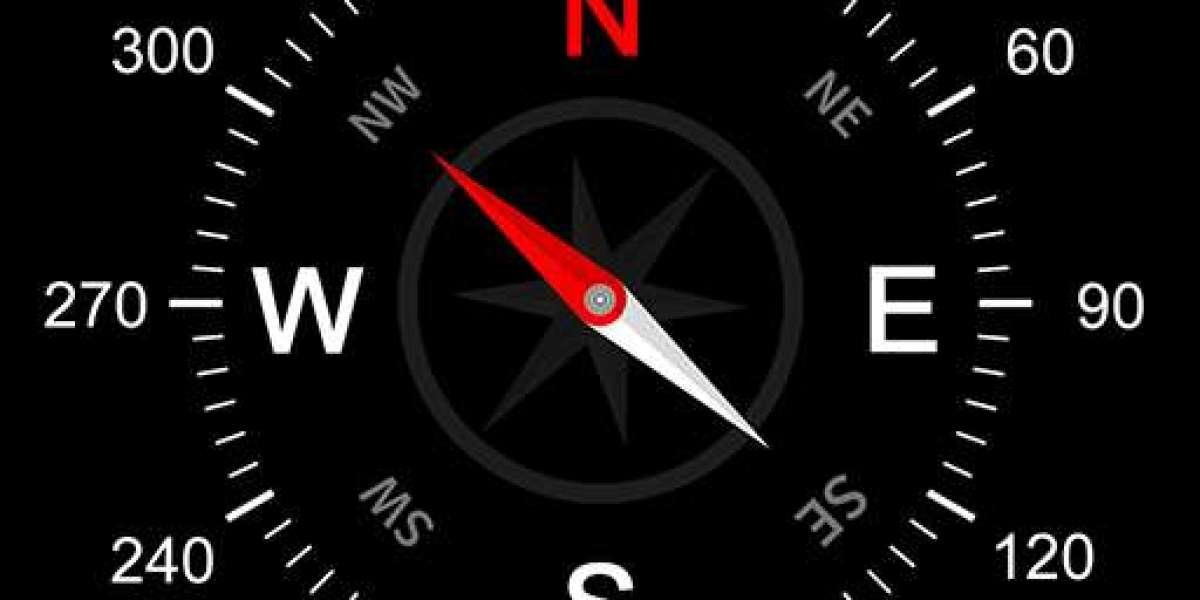The future trajectory of the market is being actively shaped by a set of powerful Digital Compass Market Trends that are pushing the technology towards seamless integration, enhanced intelligence, and unprecedented levels of efficiency. The most significant and defining trend is the industry-wide shift away from standalone magnetometer sensors towards fully integrated Inertial Measurement Units (IMUs). The market standard is rapidly becoming the 9-axis IMU, a single, tiny chip that houses a 3-axis digital compass, a 3-axis accelerometer, and a 3-axis gyroscope. This trend of sensor fusion is paramount because it allows for far more accurate and reliable motion and orientation tracking than any single sensor could achieve on its own, providing a complete and robust solution for a wide range of demanding applications.
Complementing the hardware integration trend is the growing importance of sophisticated software and algorithms. The raw data coming from an IMU is noisy and requires complex processing to be useful. Therefore, a major trend is the development of advanced sensor fusion algorithms, often incorporating elements of artificial intelligence and machine learning. These algorithms intelligently combine the data from the magnetometer, accelerometer, and gyroscope to correct for errors, filter out noise, and provide a smooth, highly accurate output. Sensor manufacturers are increasingly competing not just on the quality of their hardware but on the sophistication and efficiency of their software libraries, which can significantly reduce the development time and improve the performance of their customers' final products.
Finally, the relentless drive towards ultra-low power consumption and extreme miniaturization continues to be a critical market trend. This is fueled by the explosive growth of the wearables market—including smartwatches, fitness trackers, and hearables like smart earbuds—as well as the broader Internet of Things (IoT). In these applications, every millimeter of board space and every microamp of current is precious. The leading vendors are therefore in a constant race to develop the next generation of sensors that can deliver high performance in an ever-smaller package while consuming the absolute minimum amount of power. This trend is enabling the creation of a new class of "always-on" devices and applications that can sense and react to their environment for months or even years on a single tiny battery.



